ASHA's OF UTTARAKHAND
Empowering ASHAs: Enhancing Frontline Healthcare
Enhancing ASHA Performance for Better Community Health
ASHA - Accredited Social Health Activists
Healthcare I Service Design 2018
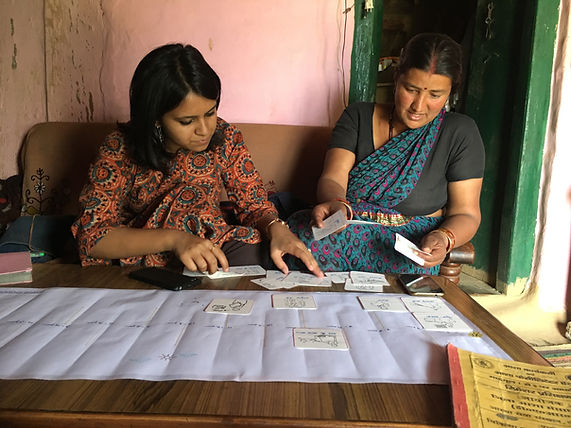

Project Overview:
The focus of the project is to improve the health indicators in Uttarakhand, leveraging the role, responsibilities, and reach of frontline health workers at ASHA.
The ASHAs are voluntary health workers and their main role is to raise awareness of the health of mother and child and various issues concerning institutional deliveries, breastfeeding, nutrition, and sanitation.
It was observed that ASHA faced several hurdles in their day-to-day activities. The project aims to expose the motivation of ASHA health workers.
Role & Duration
Lead Service Designer
User Research, Insights, Persona, Illustrations,
Journey Mapping, Service Blueprinting, Prototyping & Testing.
Feb - Sept 2018
Client: Intrahealth International India
Collaborating with governments and organizations to strengthen the health workforce and improve maternal, child, and reproductive health services.
"How might we drive the performance of frontline health workers (ASHAs) to deliver higher impact in the community?"
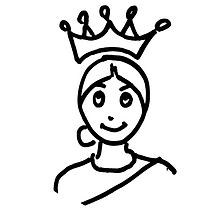
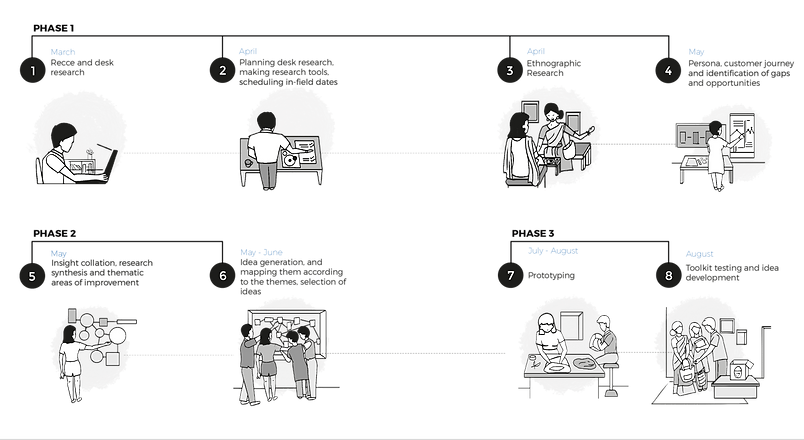
Project Timeline:
Primary Research - Recee & Desk Research
The research phase aimed to understand the challenges ASHAs face, their role in healthcare delivery, and potential opportunities to enhance their effectiveness.
Methodology
We used ethnographic research, field observations, and stakeholder interviews to gain deep insights into ASHAs’ experiences.
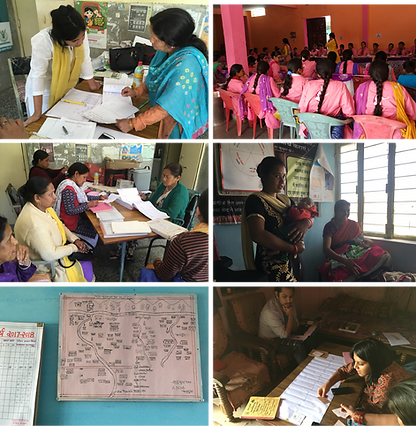
“ASHA se humko madad ho jati hai kyunki humko pata nahi ki doctor saab ko kya bolna hai. Jab ASHA k saath jate hain toh woh hi bata deti hai sab unko”
"ASHA helps us because we don’t know what to say to the doctor. When we go with ASHA, she explains everything to them."
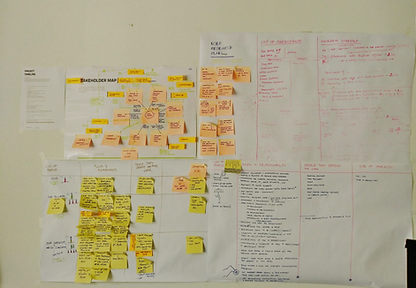
Desk research about ASHA programme,performance motivators and guidelines
Research Methods & Tools
-
Observations – ASHAs at PHCs, immunization days, home visits.
-
Stakeholder Interviews – ASHAs, ANMs, healthcare officials, beneficiaries.
-
Personas & Journey Mapping – Capturing diverse ASHA experiences.
-
Thematic Analysis – Synthesizing findings into actionable insights.
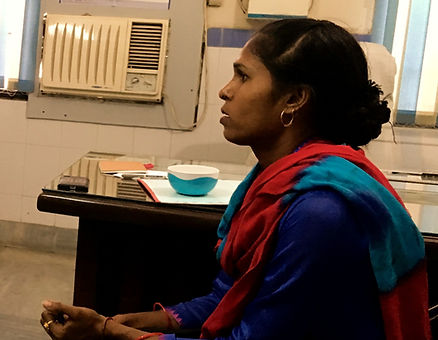
Sangeeta Sharma, 25 Beneficiary, 8 months Pregnant with her second child.
Mapping Pain points
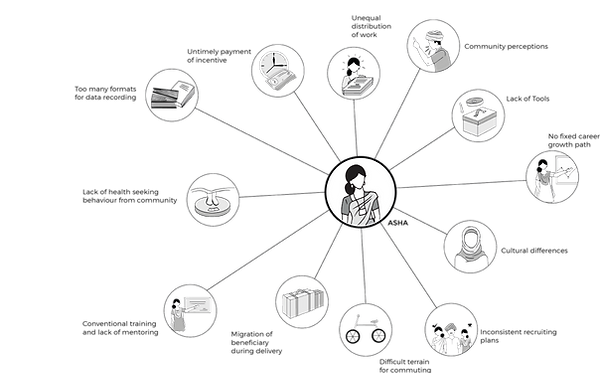
Key Insights
-
Lack of Community Trust – Beneficiaries hide information from ASHAs, limiting their effectiveness.
-
Limited Tools & Knowledge – ASHAs struggle to provide timely and accurate healthcare advice.
-
Lack of Recognition & Motivation – ASHAs feel undervalued and demotivated.
-
Gaps in Healthcare-Seeking Behavior – Beneficiaries often bypass ASHAs for private healthcare.
-
Inefficiencies in Workflow – ASHAs juggle multiple roles with limited support.
Persona
THE PROBLEM OF ASHA PERFORMANCE AND MOTIVATION IS VERY COMPLEX AND MULTI-LAYERED.
IT IS INTERTWINED WITH EACH OTHER.
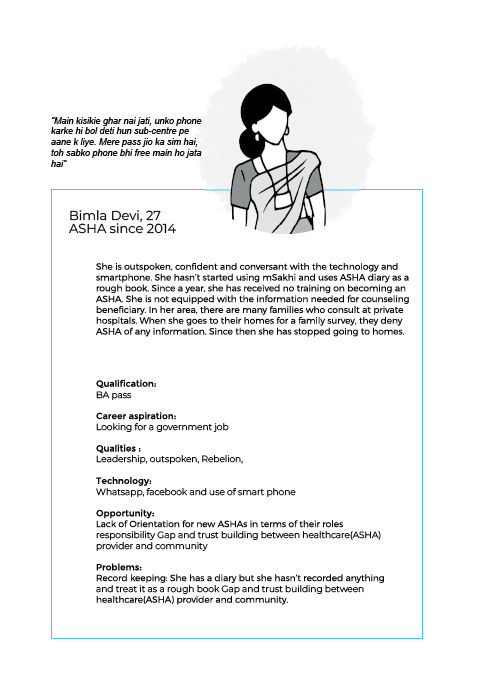
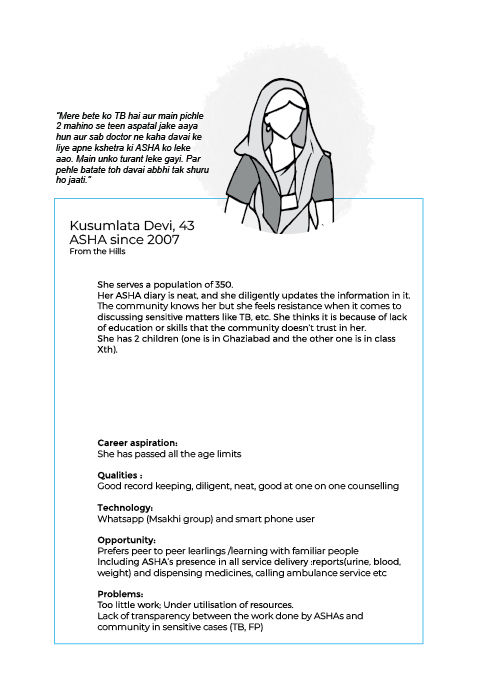
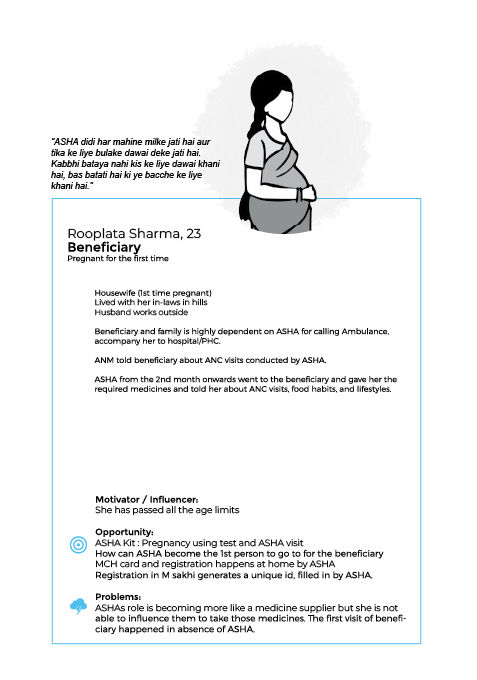

Drawing Parallels
To rethink ASHA’s role, the team drew inspiration from analogous professions:
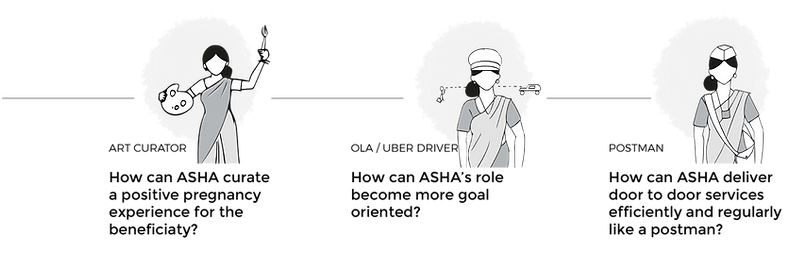
Research Synthesis & Emerging Themes
Based on the insights, three core themes were identified to improve ASHA performance:
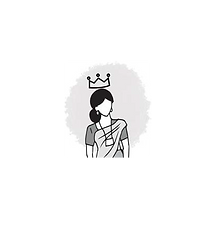
Pride & Recognition
Improve perception in the community.
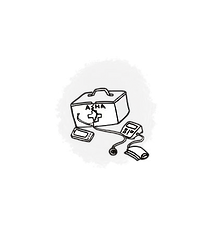
Knowledge & Tools
Improve performance and service delivery

Curation & Communication
Improve provision of need-based care
Outcomes
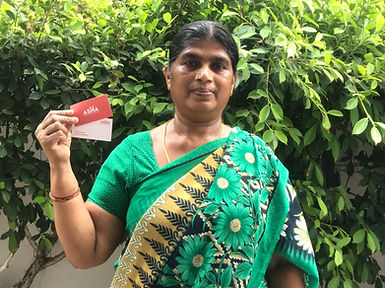
THEME - PRIDE AND RECOGNITION
Improve perception in the community.
Idea: Re-branding ASHA
Enhancing ASHAs' community perception can boost their performance and motivation. This theme aims to establish the ASHA brand and improve communication with beneficiaries.

THEME: KNOWLEDGE AND TOOLS
Improve performance and service delivery
Idea: Toolkit
Empowering Healthcare
ASHAs often lack essential tools to perform their duties effectively. The compact, portable toolkit enhances efficiency, organization, and accessibility during visits.
More than a tool, it’s a symbol of pride and motivation. Designed through research, prototyping, and direct ASHA feedback, it’s built to truly support their mission.
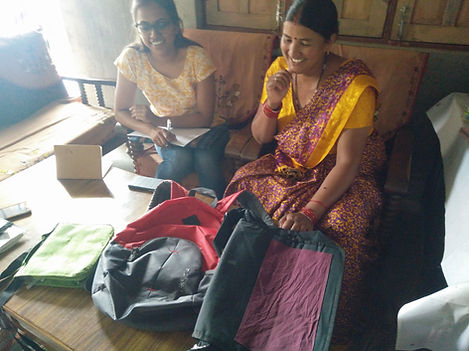
User testing - Kotdwar, Uttarakhand.
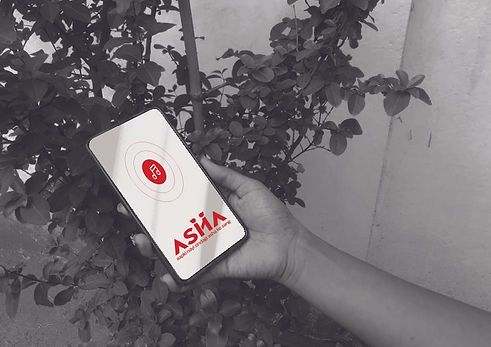
THEME: CURATION AND COMMUNICATION
Improve provision of need-based care.
Idea: Pregnancy blueprint (An App)
The Pregnancy Blueprint maps a beneficiary’s (pregnant woman’s) journey over 1,000 days, covering physical, hormonal, and emotional changes. It also outlines the roles of key stakeholders in providing support.
It aims to curate an end-to-end pregnancy experience & track pregnancy by onboarding different stakeholders, e.g., ASHA, family/influencers, and facilitate effective knowledge sharing and communication.
It also aims to burst pregnancy-related myths.
This blueprint ensures informed decision-making, timely support, and a healthier pregnancy journey.
Final Thoughts
ASHAs are crucial yet undervalued, facing trust issues, limited tools, and low motivation. Empowering them with digital tools, incentives, and community engagement can transform them into indispensable healthcare providers, improving maternal and child health outcomes.
Key Takeaways
Human-Centered Research is Key – Deep ethnographic research uncovers real pain points and behavioral insights.
Systems Thinking is Essential – Healthcare is an ecosystem; solving one issue requires addressing interconnected factors.
Stakeholder Engagement is Crucial – Solutions must balance user needs with operational feasibility and policy alignment.
Empathy Drives Innovation – Understanding ASHAs’ daily struggles led to more meaningful, practical solutions.
Prototyping & Iteration Improve Solutions – Testing ideas like mSakhi ensured relevance and adoption.
Recognition & Motivation Matter – Service interventions must consider emotional and social motivators, not just functional tools.
Simplicity in Design Enhances Adoption – Digital tools must be intuitive for low-tech users to ensure long-term engagement.
Impact is Measured by Real Change – A successful service design goes beyond aesthetics to create tangible improvements.
Scalability & Sustainability Must Be Built-In – Designing solutions that can integrate into existing systems ensures long-term success.
Storytelling Strengthens Buy-In – Presenting insights through personas, analogies, and real stories made stakeholders more receptive to change.
